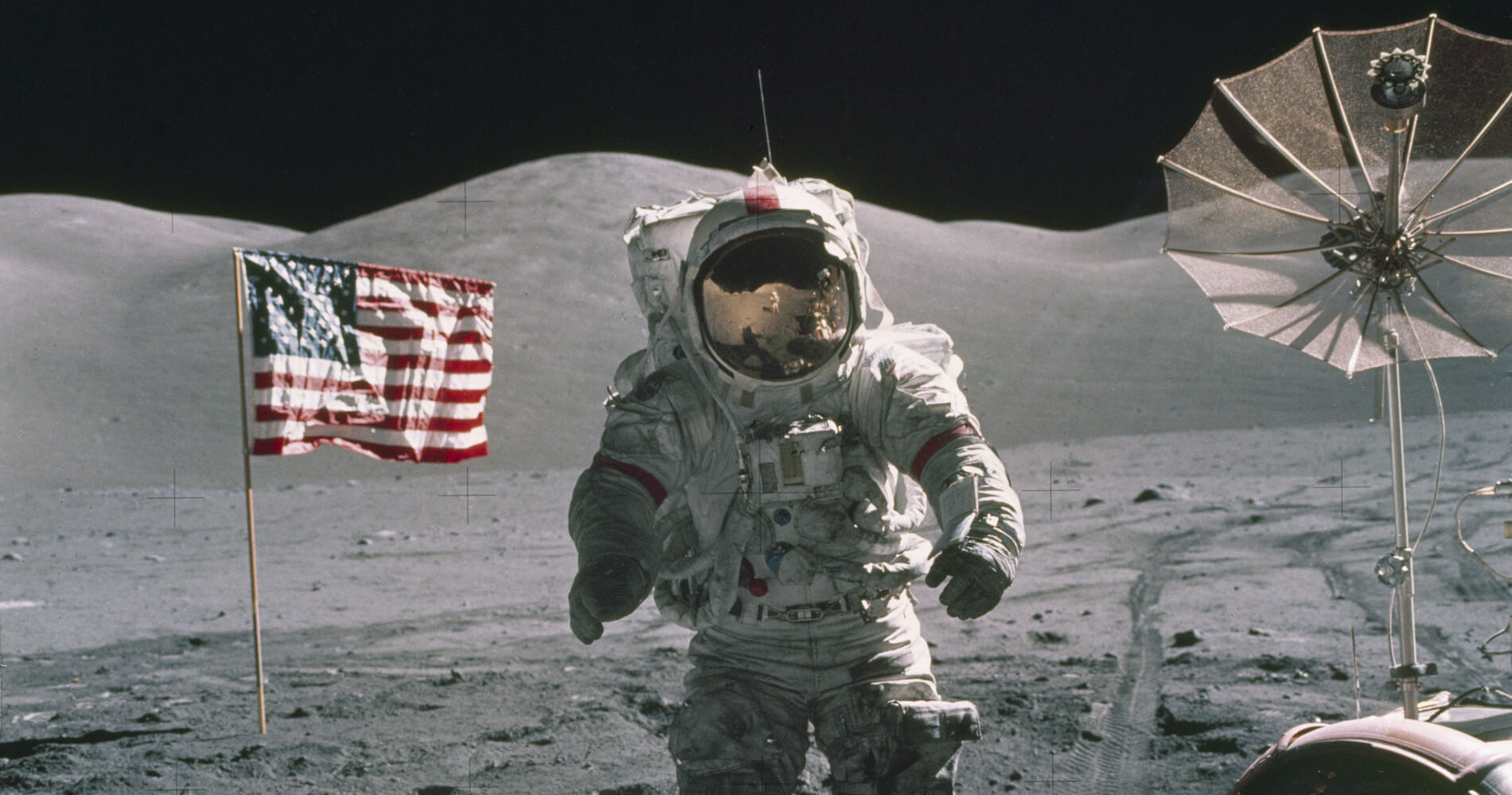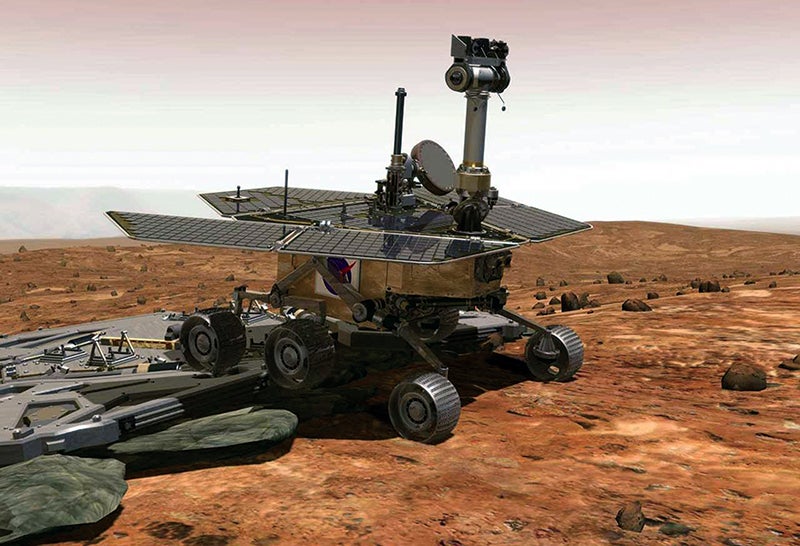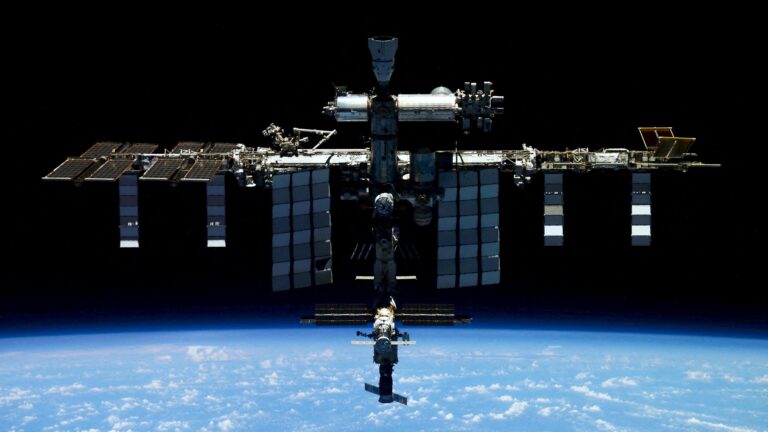Blasting into the cosmos, transcending human limitations, and revealing mysteries of the universe are hallmarks of the most legendary space missions in history. These extraordinary voyages not only pushed the boundaries of human ingenuity but also changed the course of history, paving the way for advancements in technology and deepening our understanding of the universe.🚀
This exposition focuses on these groundbreaking space missions that rewrote our perception of the cosmos. Each mission had its unique challenges, objectives, and outcomes, and collectively they represent the human spirit’s relentless pursuit of knowledge and exploration. From the early days of Sputnik to the Mars Rover and beyond, we delve into the stories of these awe-inspiring journeys.
The journey doesn’t stop at just the missions, but also highlights the heroes behind these missions – the astronauts, scientists, and engineers whose sweat and toil made the impossible, possible. Their stories are as much a part of these legendary missions as the spacecraft themselves, and we’ll explore the human element behind these epic voyages.
Immerse yourself in the captivating saga of space exploration, witness the marriage of science and human spirit, and revisit these legendary missions that took us to where no man had gone before. Strap in and get ready for an epic journey through the annals of space exploration history.🌌
The Apollo Missions: Pioneers in Lunar Exploration
Overview of the Apollo Program
The Apollo program, initiated by NASA in the 1960s, holds an unrivaled place in the annals of space exploration. The program’s crowning achievement, Apollo 11, marked the first time humans landed on the moon. This was an extraordinary feat of engineering, technology, and human determination, transforming the realm of space exploration.
The Apollo program was a grand enterprise involving thousands of engineers, scientists, and astronauts. It spanned 17 missions, six of which successfully landed on the moon, and utilized the mighty Saturn V rocket, the most powerful machine ever built by humans.
Apollo 11: The First Moon Landing
On July 20, 1969, the Apollo 11 mission made history and forever changed humanity’s relationship with space. After years of intense preparation and global anticipation, the mission culminated in one of the most iconic achievements of the twentieth century. Astronauts Neil Armstrong and Buzz Aldrin became the first humans to set foot on the lunar surface, while Michael Collins remained in orbit around the Moon aboard the command module Columbia, ensuring the safe return of the crew.
Neil Armstrong’s first step onto the Moon, accompanied by his now legendary phrase, “That’s one small step for man, one giant leap for mankind,” symbolized far more than the conquest of a celestial body. It represented the triumph of imagination, determination, and technological innovation. Broadcast live to an estimated 600 million people worldwide, the moment served as a unifying event for humanity and inspired generations to come.
Apollo 11 was the result of years of dedication and effort by more than 400,000 individuals. Engineers, scientists, technicians, and countless support teams worked behind the scenes to turn President John F. Kennedy’s ambitious 1961 vision into reality. The mission was not just about reaching the Moon; it was about demonstrating what could be achieved through human ingenuity and collaboration.
The spacecraft consisted of three parts: the command module Columbia, which housed the astronauts during most of the mission; the service module, which provided propulsion and life support; and the lunar module Eagle, which descended to the Moon’s surface. Once Eagle touched down in the Sea of Tranquility, Armstrong and Aldrin began preparations for their moonwalk, while Collins continued to orbit above, maintaining communication and preparing for their return.
Armstrong was the first to climb down the ladder, followed by Aldrin shortly after. The two astronauts spent approximately two and a half hours on the lunar surface. During that time, they collected 21.5 kilograms of lunar rock and soil samples, deployed scientific instruments such as the seismometer and the laser reflector, photographed the terrain, and planted the American flag. They also left behind a plaque reading, “We came in peace for all mankind.”
The success of Apollo 11 was not merely a Cold War victory in the space race against the Soviet Union. It was a moment of shared human achievement, one that transcended national borders and political ideologies. It opened the door to future lunar missions, expanded scientific knowledge of the Moon, and solidified space exploration as a defining pursuit of the modern age.
Even today, the legacy of Apollo 11 endures. It remains a powerful reminder of what humanity can accomplish when driven by curiosity, united by purpose, and undeterred by the unknown.
The Voyager Missions: Probes to the Outer Planets
Unveiling the Secrets of the Solar System
Launched in 1977, the Voyager missions marked a monumental leap in humanity’s quest to explore the outer solar system. Voyager 1 and Voyager 2, twin spacecraft developed by NASA, were designed to take advantage of a rare planetary alignment that allowed them to visit multiple outer planets using gravitational assists. This efficient route enabled the spacecraft to travel farther and faster than would otherwise have been possible.
Voyager 2 launched first on August 20, 1977, followed by Voyager 1 on September 5 of the same year. Each spacecraft was equipped with an array of scientific instruments capable of capturing images, analyzing planetary atmospheres, measuring magnetic fields, and detecting cosmic radiation. Their initial objective was to study the gas giants Jupiter and Saturn, and for Voyager 2, to continue onward to Uranus and Neptune, becoming the only probe to visit all four outer planets.
The information returned by the Voyager missions profoundly expanded our knowledge of the solar system. At Jupiter, the probes revealed active volcanoes on the moon Io, intense radiation belts, and complex storm systems including the Great Red Spot. At Saturn, they provided the first detailed views of its rings and discovered new moons. Voyager 2’s encounters with Uranus and Neptune offered humanity its first close-up views of these icy giants, uncovering tilted magnetic fields and unexpectedly dynamic weather patterns.
Today, more than four decades later, both Voyager probes continue to operate. Voyager 1 entered interstellar space in 2012, and Voyager 2 followed in 2018. These historic missions have traveled farther than any other human-made object, carrying with them the Golden Record — a time capsule containing sounds and images from Earth. The Voyager missions remain symbols of scientific achievement, curiosity, and the enduring human desire to reach for the unknown.
Voyager 1: The First Human-Made Object in Interstellar Space
In 2012, Voyager 1 achieved yet another milestone by becoming the first human-made object to enter interstellar space. This marked a significant leap in our exploration of space, pushing the boundaries of human achievement even further.
The Mars Rovers: Unlocking the Secrets of the Red Planet
Mars Exploration Rovers: Spirit and Opportunity
The twin Mars Exploration Rovers, Spirit and Opportunity, were launched by NASA in 2003 as part of a bold mission to investigate the geology, climate, and potential habitability of the Red Planet. Their primary goal was to search for signs of past water activity, which could indicate that Mars once harbored conditions suitable for life. Originally designed to last only 90 Martian days, or sols, both rovers far exceeded expectations and became icons of resilience and scientific achievement.
Spirit landed in Gusev Crater in January 2004, a location believed to have once contained a lake. Although the terrain proved challenging, the rover explored volcanic rocks, sediment layers, and ancient soil formations. It discovered signs of past hydrothermal activity, suggesting that hot water may have once flowed through the area. Spirit faced several technical challenges throughout its mission, including becoming trapped in soft soil in 2009. Despite efforts to free it, the rover ceased communication in 2010 after more than six years of continuous exploration.
Opportunity touched down on the opposite side of the planet, landing in Meridiani Planum, a flat plain rich in a mineral called hematite, which typically forms in the presence of water. From the start, Opportunity began returning stunning images and valuable data. It explored craters, studied layered rock formations, and confirmed the presence of ancient water flows. Its greatest achievements include the discovery of sedimentary rocks that had formed in wet conditions and the detection of mineral veins made of gypsum, offering strong evidence of long-term water activity.
Opportunity’s mission lasted over 14 years, making it one of the longest-operating planetary missions in history. The rover traveled more than 45 kilometers across the Martian surface, enduring dust storms, harsh temperatures, and technical obstacles. Its mission officially ended in 2019 after a massive dust storm cut off communication.
Together, Spirit and Opportunity transformed our understanding of Mars. They revealed a world that was once more dynamic and potentially habitable than previously believed. Their legacy continues to influence current and future missions, reminding us of the power of perseverance, innovation, and the enduring quest to explore the unknown.
Curiosity and Perseverance: The Next Generation
Curiosity, launched in 2012, was designed to study the Martian climate and geology and assess whether Mars could have ever supported microbial life. Its mission is ongoing and continues to yield important data.
Most recently, NASA’s Perseverance rover touched down on Mars in February 2021. It aims to seek signs of ancient life and collect rock and soil samples for possible return to Earth.
The Hubble Space Telescope: Eyes on the Universe
Revolutionizing our Understanding of the Cosmos
Since its launch in 1990, the Hubble Space Telescope has transformed our understanding of the universe. It has observed distant galaxies, nebulae, and stars, revealing the cosmos in unprecedented detail and contributing significantly to astrophysics.
Hubble’s Major Discoveries
Among Hubble’s many contributions, it has helped determine the rate of expansion of the universe, observed the atmospheres of distant planets, and provided stunning visuals of celestial phenomena. These observations have opened new windows into the nature and history of our universe, cementing Hubble’s legacy as a pivotal tool in space exploration.
International Space Station (ISS): A Symbol of Global Collaboration
The Role of the ISS in Space Exploration
The International Space Station represents a global effort to maintain a permanent human presence in space and serves as a hub for scientific research. Launched in 1998, it is a joint project of NASA, Roscosmos, ESA, JAXA, and CSA.
The Impact of the ISS
Over its two-decade lifespan, the ISS has hosted astronauts from 19 countries, facilitating groundbreaking experiments in biology, physics, astronomy, and meteorology. It serves as a testament to international cooperation in space exploration and continues to pave the way for future missions beyond Earth’s orbit.
These missions, among others, have defined the course of human space exploration. They have pushed the boundaries of our knowledge, reshaping our understanding of the cosmos and redefining what is possible. As we look to the future, these legendary missions continue to inspire a new generation of explorers, eager to uncover the mysteries of the universe.
Conclusão
In conclusion, “Exploring the Unknown: Legendary Space Missions That Changed History” highlights the incredible journey humanity has embarked upon in the pursuit of knowledge and discovery. These historical space missions have not only revolutionized our understanding of the universe but also paved the way for future exploration and technological advancements. From the trailblazing Apollo missions to the audacious Voyager expeditions, these significant milestones in space exploration have left an indelible imprint on our collective consciousness. 💫
These endeavors reflect mankind’s inherent curiosity, perseverance, and indomitable spirit to push boundaries and venture into uncharted territories. As we continue to gaze into the vast expanse of space, these legendary missions serve as a testament to our innate desire to explore the unknown, challenge the impossible, and seek answers to our most profound questions.🚀
The legacy of these missions continues to inspire scientists, astronauts, and dreamers around the world, reminding us that the sky is not the limit, but rather the beginning of an incredible journey towards the stars and beyond. In the annals of history, these legendary space missions will forever stand as shining beacons of human achievement and ambition.🌌
In the vast tapestry of human history, “Exploring the Unknown: Legendary Space Missions That Changed History” paints a vivid picture of our cosmic journey, epitomizing the spirit of exploration that continues to propel humanity towards new horizons. 🌠




